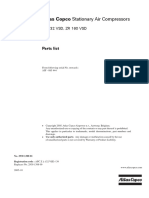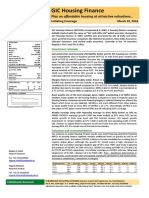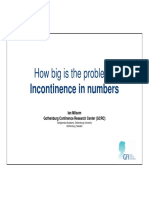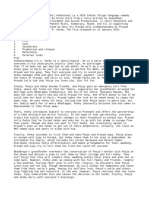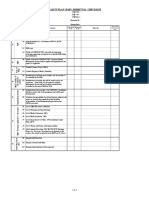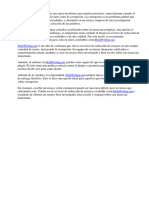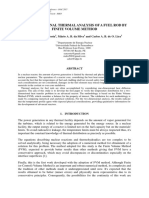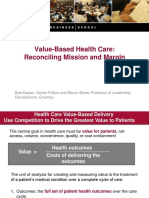0% found this document useful (0 votes)
52 views3 pagesData Analysis Roadmap
This document outlines a comprehensive roadmap for learning data analysis, starting from foundational concepts to advanced techniques. It includes phases covering spreadsheet tools, statistics, programming with Python, SQL, data visualization, exploratory data analysis, and end-to-end projects. Additionally, it provides recommended resources, project ideas, and a suggested timeline for skill development.
Uploaded by
cdas9013Copyright
© © All Rights Reserved
We take content rights seriously. If you suspect this is your content, claim it here.
Available Formats
Download as PDF, TXT or read online on Scribd
0% found this document useful (0 votes)
52 views3 pagesData Analysis Roadmap
This document outlines a comprehensive roadmap for learning data analysis, starting from foundational concepts to advanced techniques. It includes phases covering spreadsheet tools, statistics, programming with Python, SQL, data visualization, exploratory data analysis, and end-to-end projects. Additionally, it provides recommended resources, project ideas, and a suggested timeline for skill development.
Uploaded by
cdas9013Copyright
© © All Rights Reserved
We take content rights seriously. If you suspect this is your content, claim it here.
Available Formats
Download as PDF, TXT or read online on Scribd
/ 3




























































